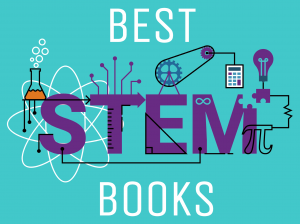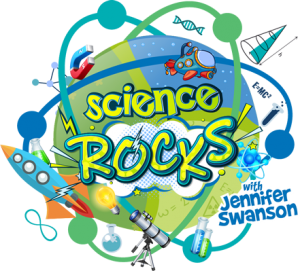This vibrantly–illustrated book on hybrid cars, one of a series of 13 on “How Things Work,” is very informative, with a relevant message for our society. The author (a middle school science teacher) explains greenhouse gases and global warming at an appropriate level, then connects the information to the importance of hybrid cars.
The book begins with a child and parent leaving for soccer practice. The mom must first check the battery and the hydrogen level of the car before they leave their home. The remainder of the book is divided into interesting fact–filled sections. There is a labeled diagram of a hybrid car in the text as well as a page listing the benefits of a hybrid car. An entire section which details how a hybrid car works will be very helpful to students and teachers. There is also a list of the four most popular hybrid cars on the market.
The book is not text–heavy so it will be an easy and quick read for students. There are great nonfiction features in the book, such as a wonderful timeline which begins in 1769 with the first steam–powered carriage built in France, and ends in 2011 with more than forty hybrid cars around the world. A neatly illustrated comic book style “Table of Contents”, index, glossary, and “Find Out More” section complete the book. Teachers can use the book as a supplement to a unit, librarians could use the book as a read–aloud on Earth Day, and students would find the book useful for a science report on hybrid cars.
Tracy Alley, National Science Teachers Association






